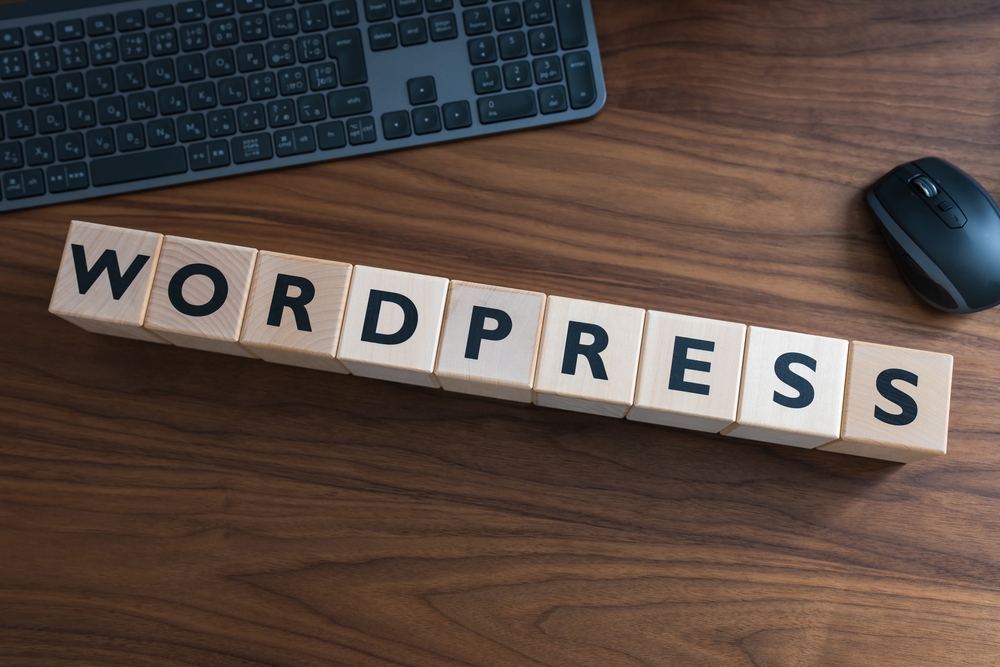
Mastering WordPress: Powerful Tips and Tricks for Customizing and Maintaining Your Website

WordPress is one of the most popular content management systems available today. Its user-friendly interface and extensive customization options make it an ideal platform for both beginners and experienced webmasters. With millions of websites running on WordPress, mastering this powerful tool can give you a competitive edge and help you create a website that stands out from the crowd. In this article, we will explore some tips and tricks for customizing and maintaining your WordPress (or WP) website.
1. Choose the Right ThemeThe theme you choose sets the tone for your website's design and functionality. With thousands of free and premium themes available, it can be overwhelming to make a selection. Before settling on a theme, consider the purpose of your website, the industry you belong to, and the features you require. Look for a theme that is responsive, customizable, and well-supported by the developer. You can also opt for a page builder plugin, such as Elementor or Beaver Builder, to have more control over the design of your website.
2. Use Plugins Wisely
Plugins are one of the biggest advantages of using WordPress (the platform for bloggers) . They allow you to extend the functionality of your website without having to write code. However, installing too many plugins can slow down your website and create conflicts. Only install plugins that are necessary for your website's functionality and ensure they are regularly updated by their developers. Popular plugins like Yoast SEO, WPForms, and Jetpack can enhance the performance and SEO of your website.
3. Customize Your Website's Appearance
Customizing the appearance of your website is crucial for branding and user experience. WordPress provides you with various tools to modify your website's look without coding skills. Utilize the built-in theme customizer to change colors, fonts, and other visual elements. If you want more control, you can modify the CSS of your theme or use a plugin like Simple Custom CSS. Additionally, WordPress (the blogging platform) offers a wide range of widgets and menu options to help you organize your content and make it easily accessible to your visitors.
4. Optimize Your Website for Speed
Website speed is a critical factor for user experience and search engine rankings. A slow-loading website can lead to higher bounce rates and decreased conversions. To optimize your WordPress website for speed, start by using a lightweight theme and keeping your plugin count minimal. Compress your images before uploading them and leverage caching plugins like WP Super Cache or W3 Total Cache. You can also use a content delivery network (CDN) to deliver your content faster to visitors around the world.
5. Ensure Website Security
WordPress is a secure platform, but it's still essential to take measures to protect your website from potential threats. Keep your WordPress (WP) core, plugins, and themes up to date to avoid security vulnerabilities. Use strong passwords and consider using a security plugin like Wordfence or iThemes Security. Regularly backup your website to a secure location, either using manual backups or using a backup plugin. Taking these precautions will help you safeguard your website and prevent potential data loss.
Frequently Asked Questions:
Q1. Can I use WordPress for an e-commerce website?A1. Yes, WordPress offers various e-commerce plugins like WooCommerce that allow you to build and manage an online store.
Q2. How often should I update my WordPress website?
A2. Regular updates are crucial for security and performance. It's recommended to update your WordPress core, plugins, and themes as soon as new updates are available.
Q3. Can I switch my WordPress theme without losing my content?
A3. Yes, your content is stored separately from your theme. By switching themes, you only change the appearance of your website while keeping your content intact.
Q4. Are there any precautions I should take before updating plugins?
A4. Before updating plugins, ensure that you have a recent backup of your website, deactivate any caching plugins, and check if the plugin is compatible with your current WordPress version.
Q5. How can I improve my WordPress website's SEO?
A5. Install an SEO plugin like Yoast SEO to optimize your content, add meta tags, and generate XML sitemaps. Create relevant, high-quality content and focus on improving your website's loading speed and mobile responsiveness.
In conclusion, WordPress is a versatile platform that can be tailored to your specific needs. By carefully choosing themes, using plugins wisely, customizing the appearance, optimizing for speed, and ensuring security, you can master WordPress and create a website that exceeds your expectations. Embrace the power of WordPress and unlock the potential to unleash your creativity in building and maintaining your dream website.
Other useful resources
- https://en.wikipedia.org/wiki/WordPress
- https://www.wordpress24plus.com
- https://www.wordpress24plus.com/wordpress-tools-directory/wordpress-plugins/